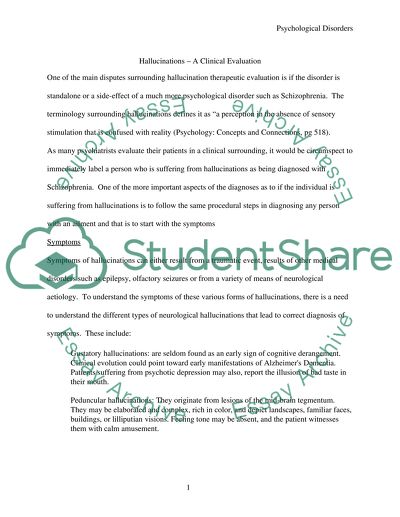Cite this document
(“Psycholigical Disorders Essay Example | Topics and Well Written Essays - 2500 words”, n.d.)
Psycholigical Disorders Essay Example | Topics and Well Written Essays - 2500 words. Retrieved from https://studentshare.org/miscellaneous/1515463-psycholigical-disorders
Psycholigical Disorders Essay Example | Topics and Well Written Essays - 2500 words. Retrieved from https://studentshare.org/miscellaneous/1515463-psycholigical-disorders
(Psycholigical Disorders Essay Example | Topics and Well Written Essays - 2500 Words)
Psycholigical Disorders Essay Example | Topics and Well Written Essays - 2500 Words. https://studentshare.org/miscellaneous/1515463-psycholigical-disorders.
Psycholigical Disorders Essay Example | Topics and Well Written Essays - 2500 Words. https://studentshare.org/miscellaneous/1515463-psycholigical-disorders.
“Psycholigical Disorders Essay Example | Topics and Well Written Essays - 2500 Words”, n.d. https://studentshare.org/miscellaneous/1515463-psycholigical-disorders.


